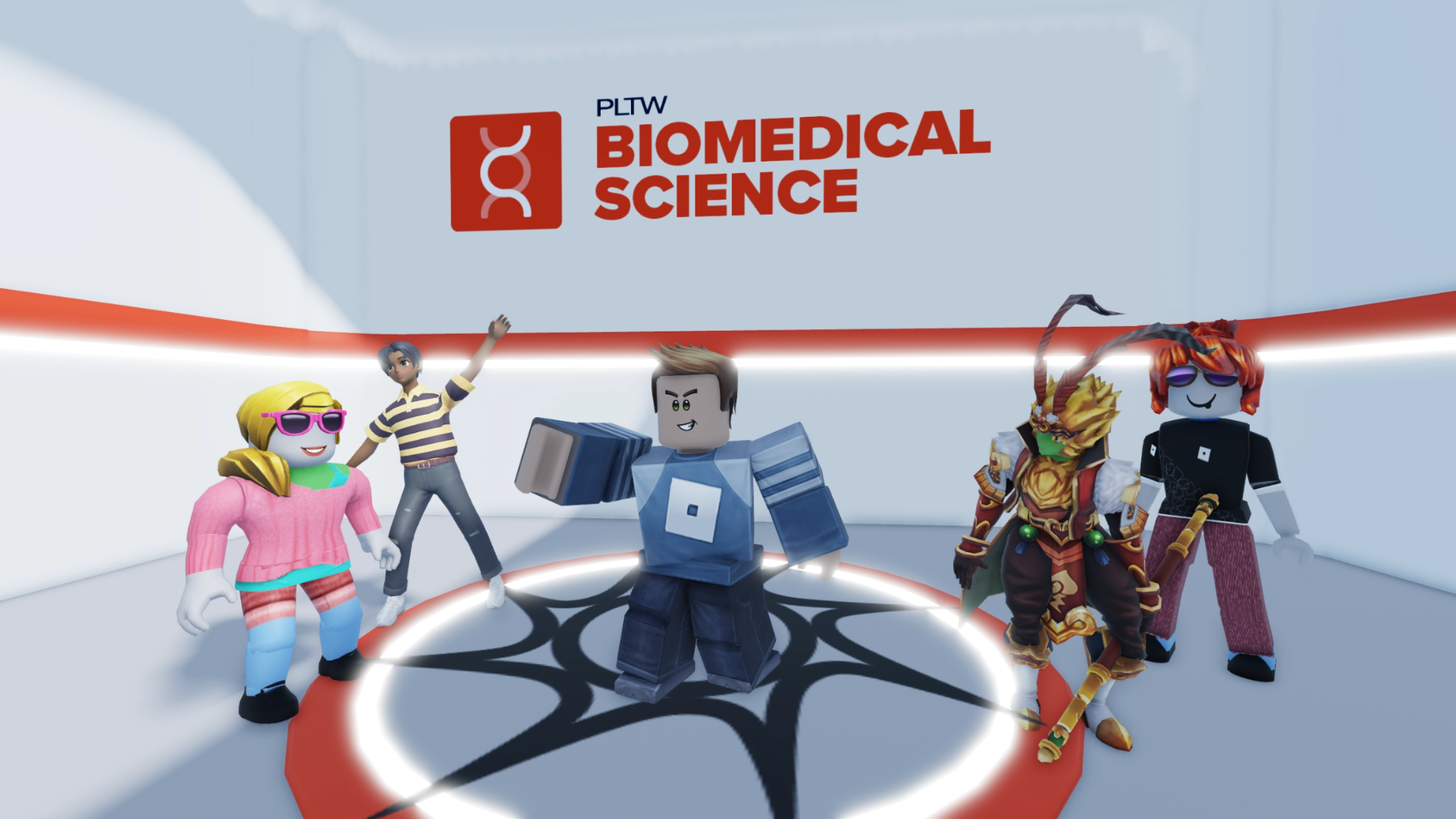Jump into the exciting world of Pathogen Patrol
Find out how the human immune system defends against pathogen invasion in PLTW's first learning experience on Roblox. In each mission, students are transported into the body of a sick patient to take on an active role in the response. Players transform into one of five different white blood cell types, learn their unique abilities, and work with other players to protect the health of the host.
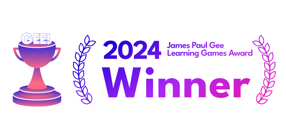
Meet the Patrollers!
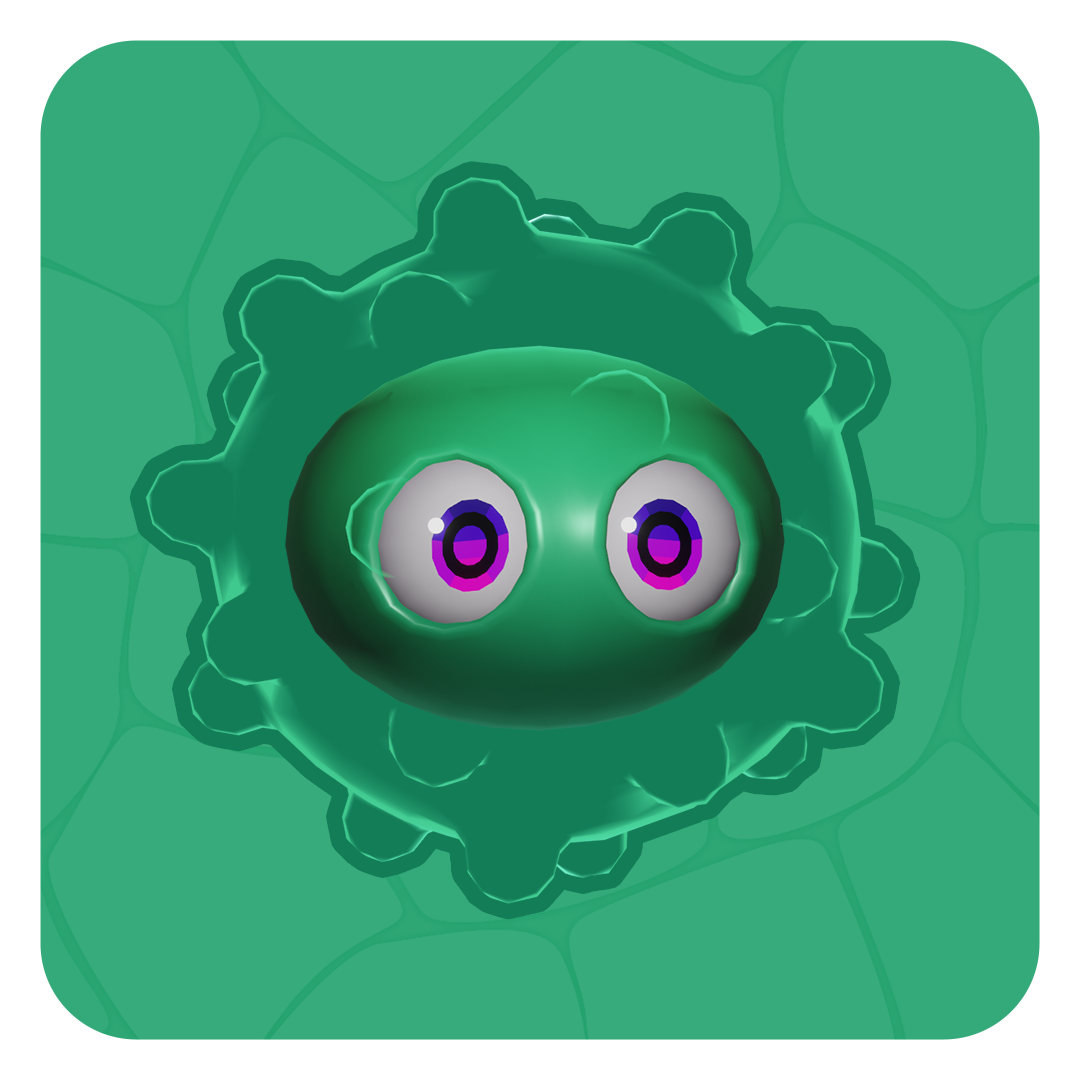
Helper T
"I am an adaptive immune cell that detects infections and will guide students through this experience and the role each cell type plays."
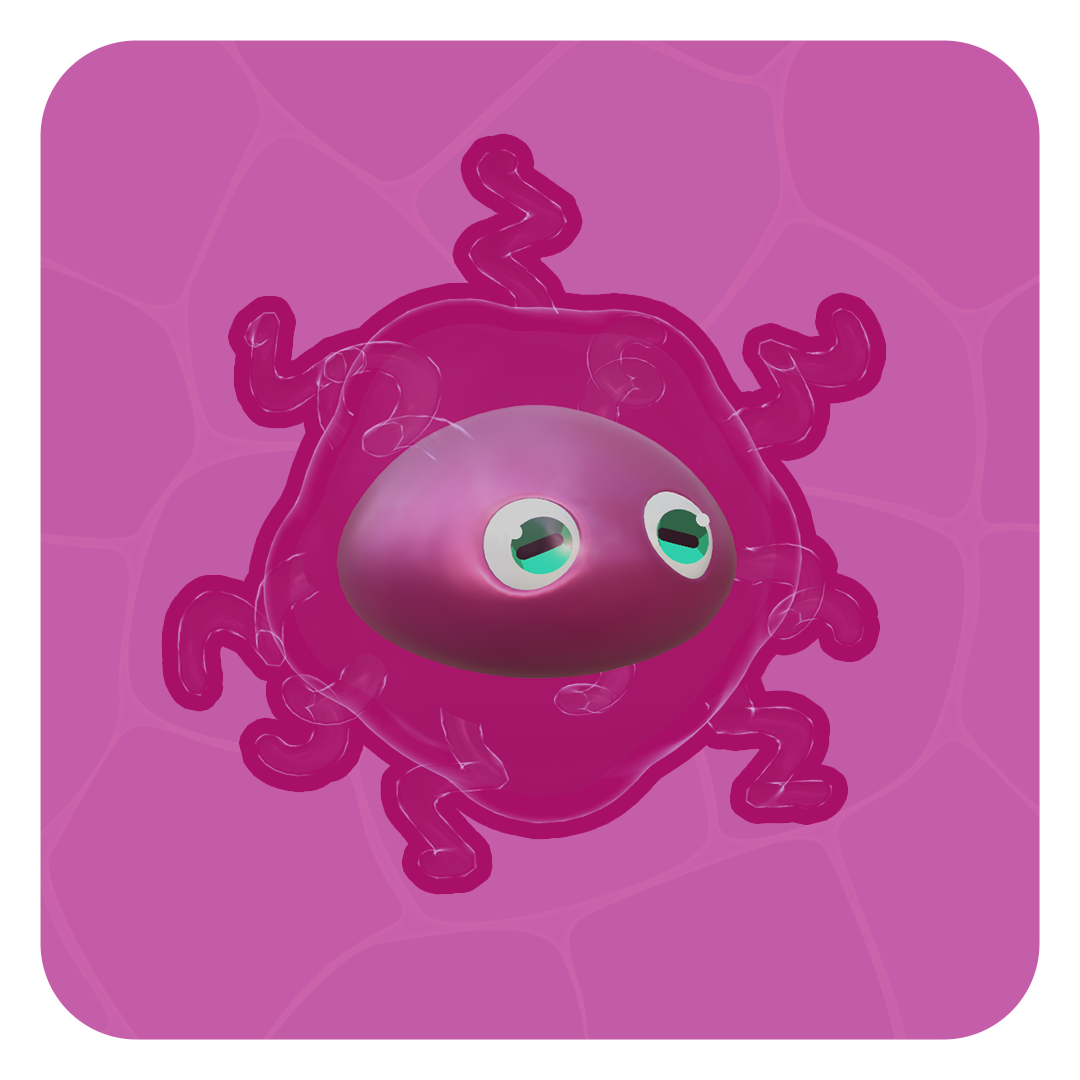
Macrophage
"I am an innate immune cell that has the ability of phagocytosis, allowing me to consume pathogens."
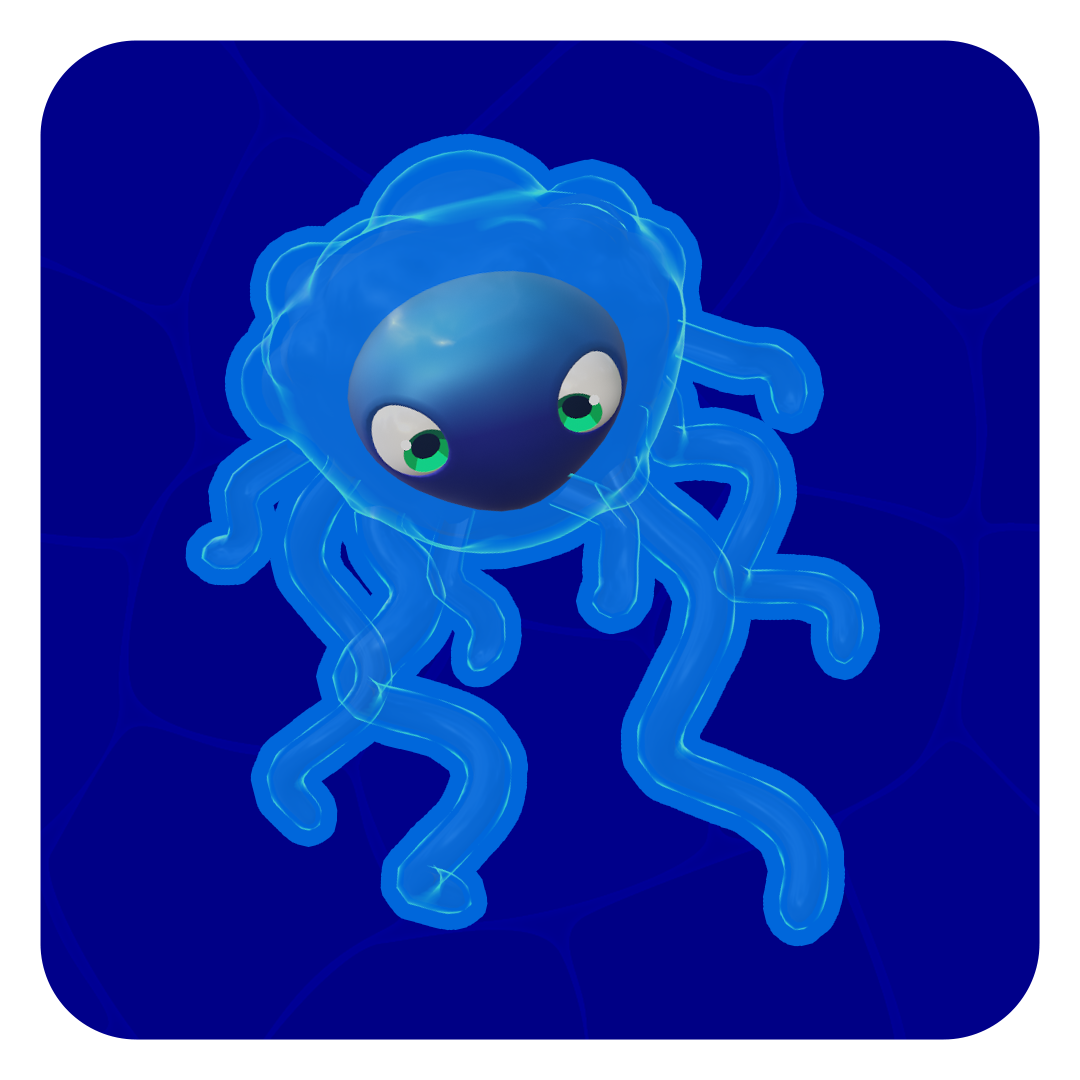
Dendritic
"I am an innate immune cell that has the ability of endocytosis, which allows me to absorb antigens."
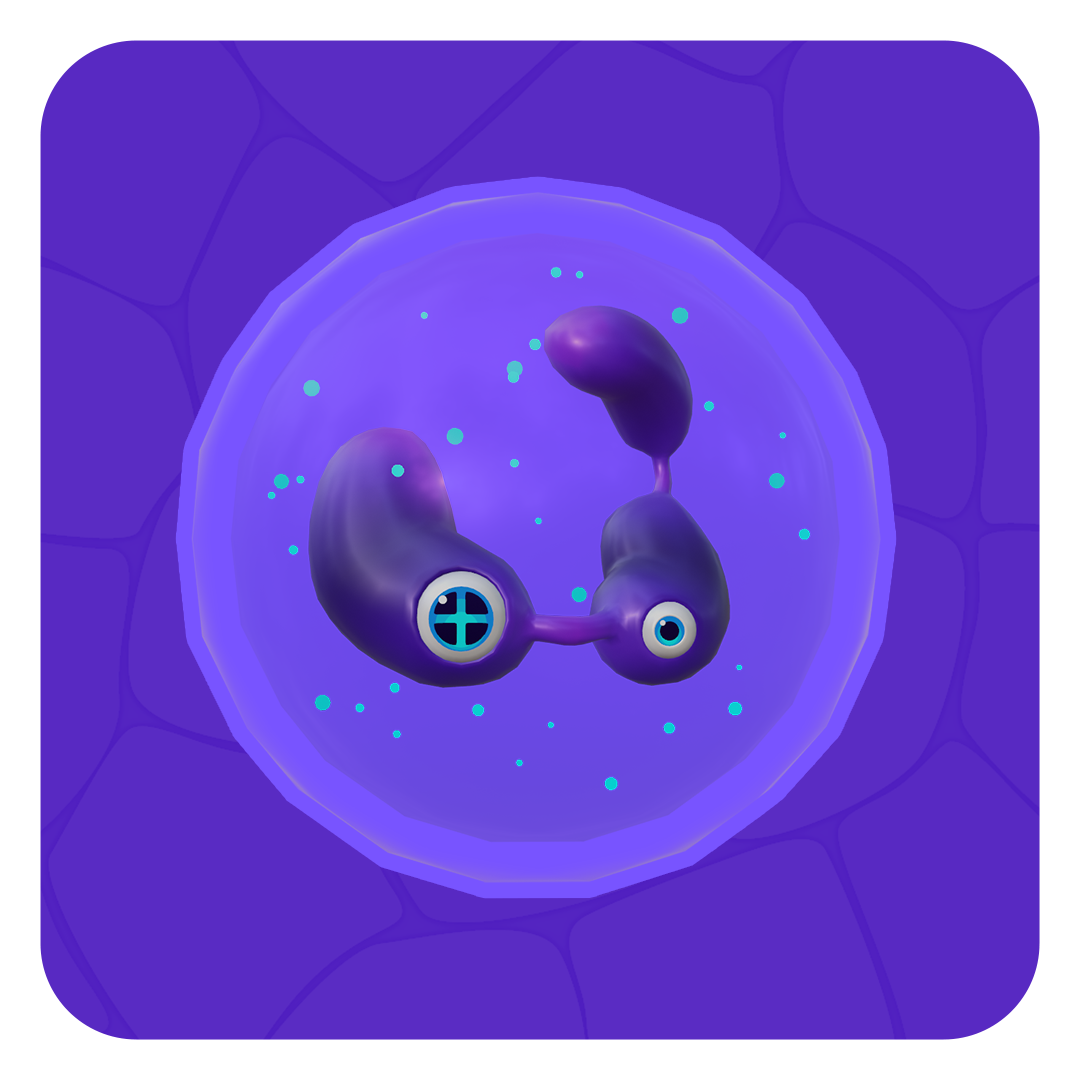
Neutrophil
"I am an innate immune cell that has the ranged attack ability of degranulation, which kills or neutralizes pathogens."
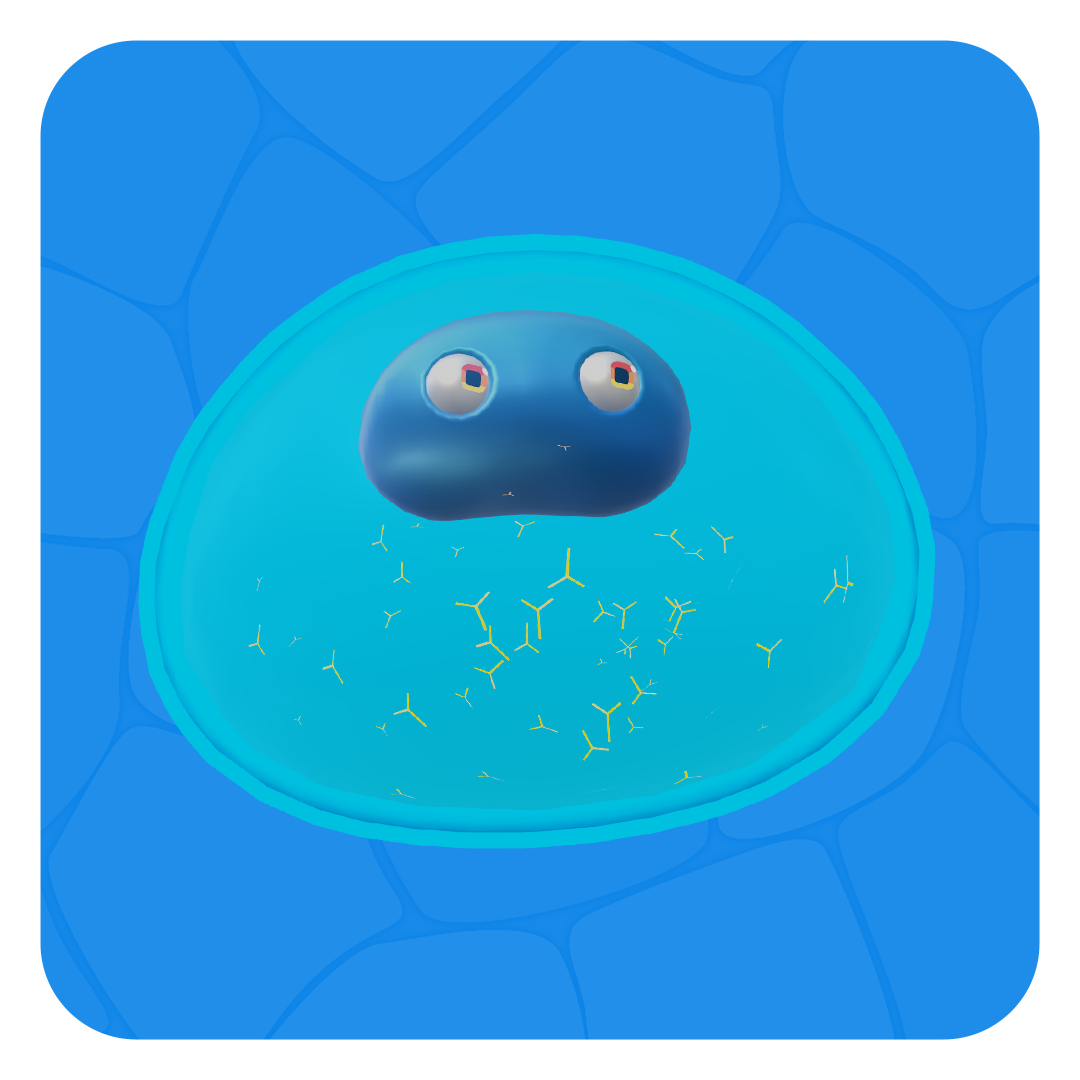
Plasma B
"I am an adaptive immune cell who has the antibody cloud ability which allows me to immobilize pathogens."
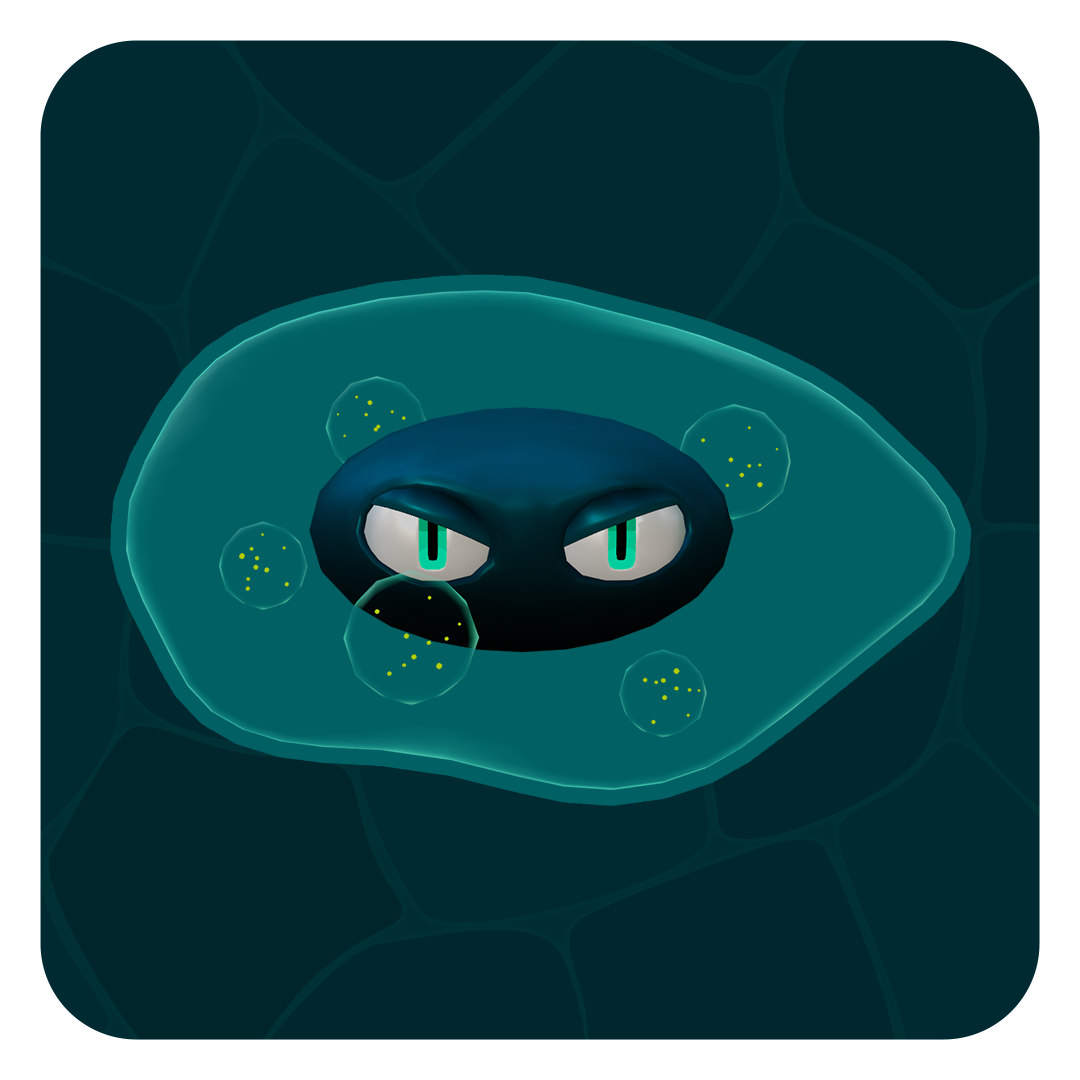
Cytotoxic T
"I am an innate immune cell that has the ability of cytokine emission, which allows me to neutralize infected cells."
Pathogen Patrol deepens knowledge of complex systems and develops collaborative skills
Learning outcomes include:
-
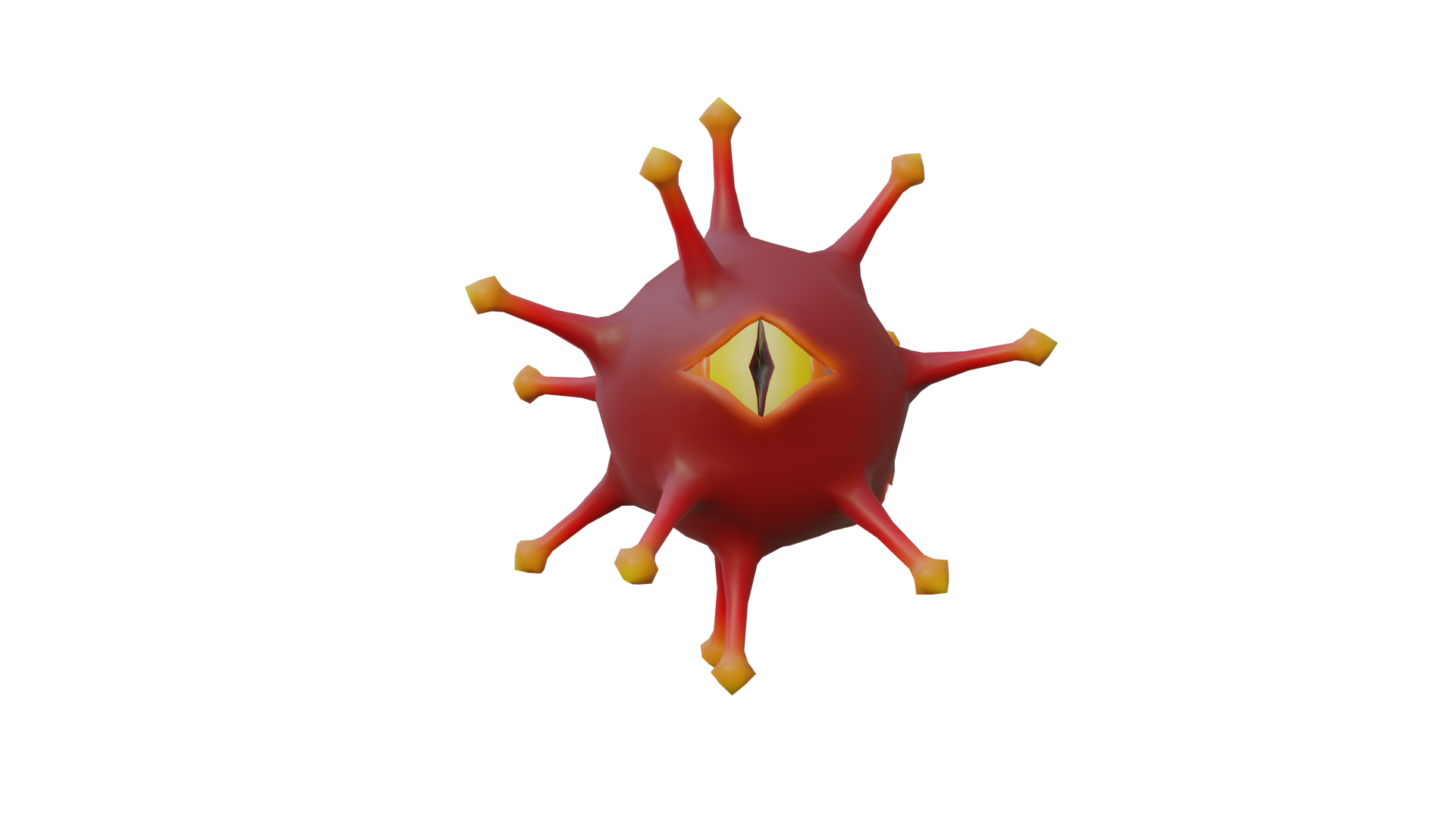
Understanding cells as the fundamental unit of life's form and function
Students explore the interactions between cells and their environment. They use models to demonstrate how cells within a body system work together to perform specific functions and achieve common goals. Additionally, they identify the fundamental structural similarities and differences between prokaryotic and eukaryotic cells.
-

Recognize pathogens that cause infectious disease and how the human body responds
Students are exposed to the basic differences between bacteria and viruses, how macrophages and neutrophils fight bacteria, and the basics of antigen presentation. They experience how neutrophil degranulation and extracellular traps are used in combating pathogens, while also building an understanding that pathogens are agents of disease possessing identifying surface structures known as antigens.
-

Understand acquired immunity's development and defense against infection
Students learn about the importance of the initial immune response in generating memory B cells that can quickly recognize and combat previously fought antigens. They also gain an understanding of how B and T lymphocytes identify specific antigens and the role of helper T lymphocytes in activating them. Additionally, they explore the process of how pathogens are marked for ingestion by macrophages.
.png?width=1920&height=1080&name=MicrosoftTeams-image%20(8).png)
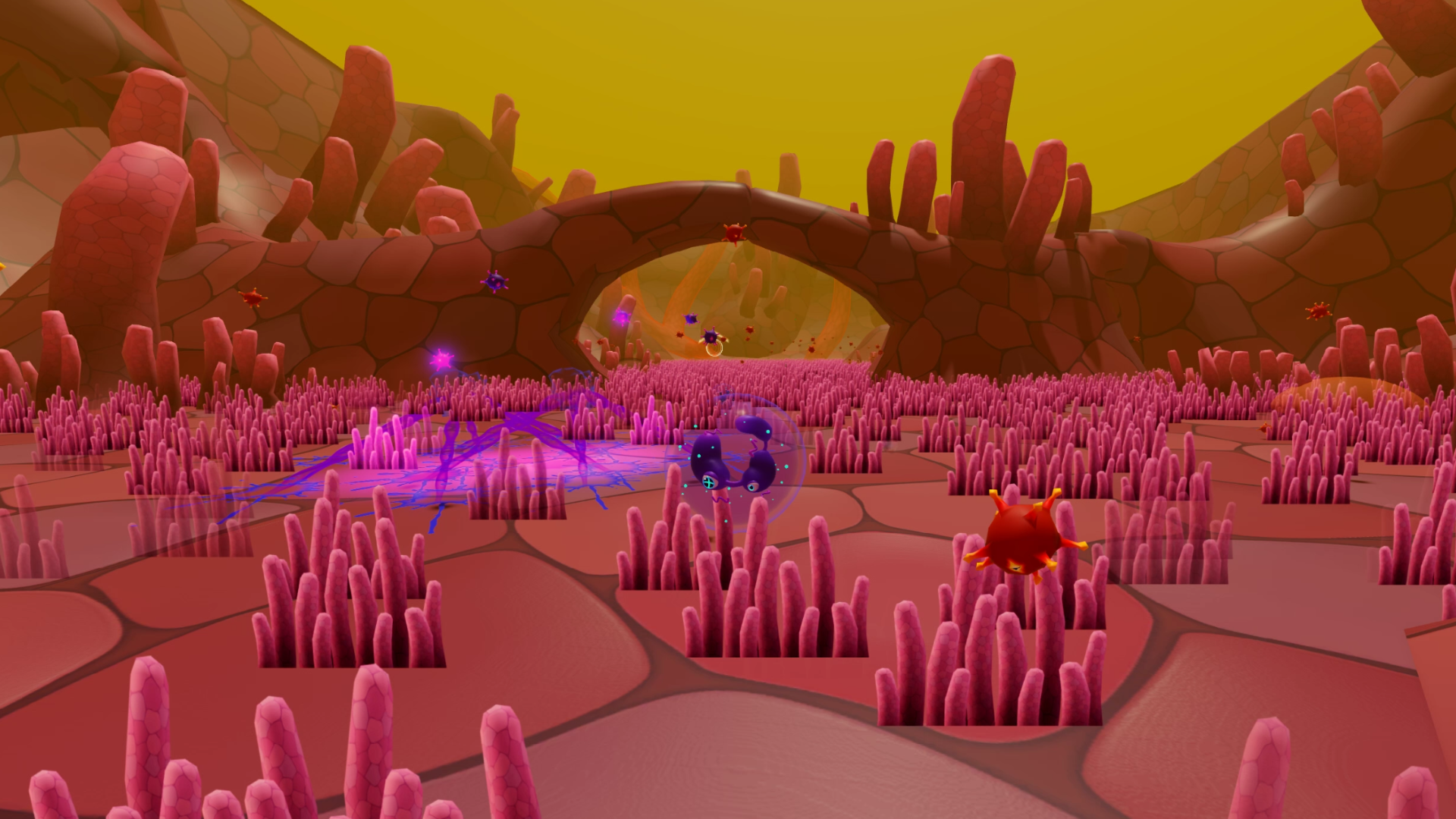
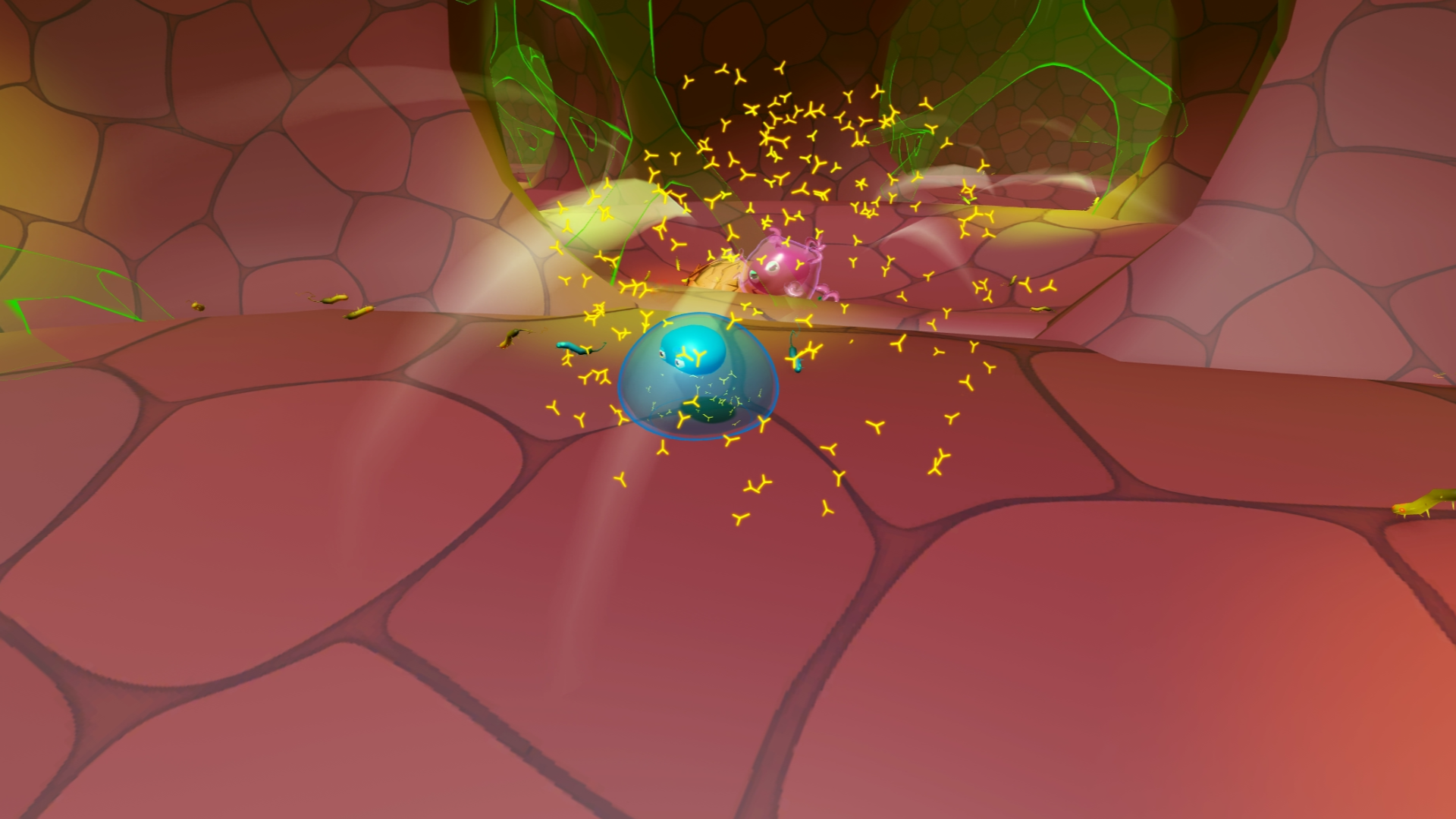
Learn more about PLTW's Biomedical Science curriculum, and how Pathogen Patrol is incorporated.
